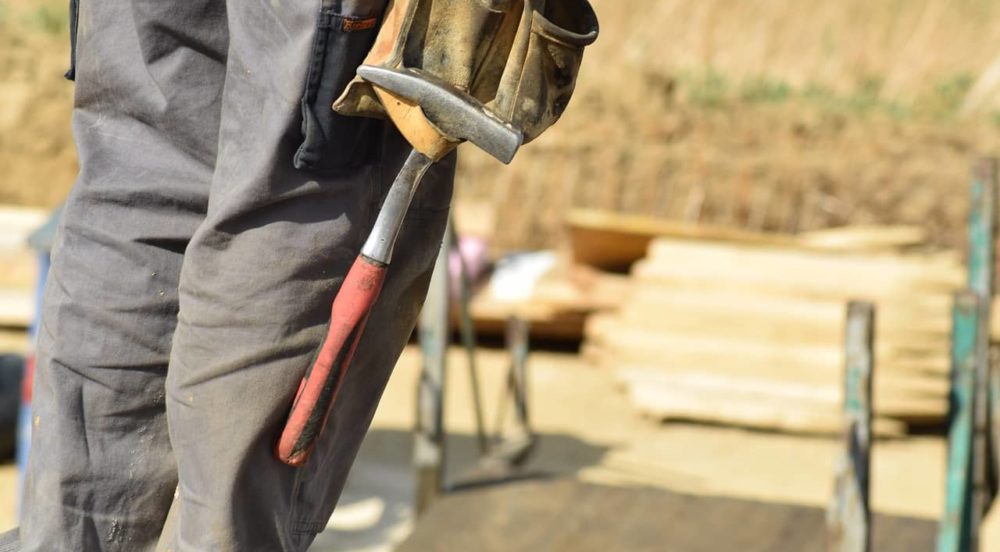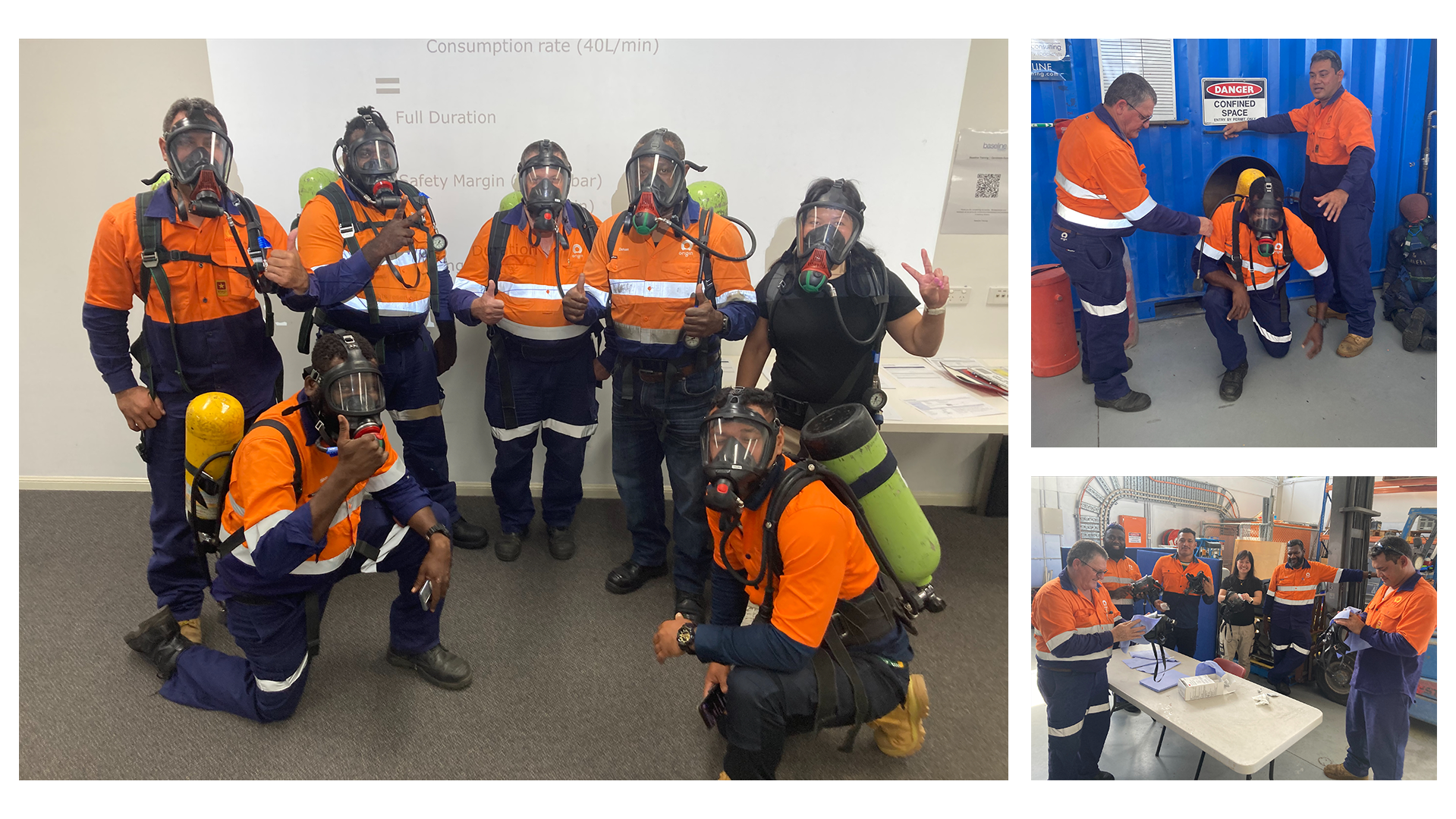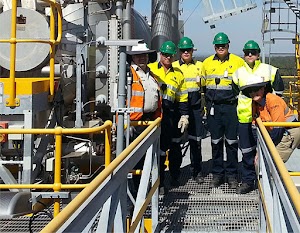Spotlight
10 Years in Safety – LTIFRs and Workplace Safety

What Are LTIs?
An LTI (Lost Time Injury) is an injury sustained by an employee that leads to loss of productive work in the form of absenteeism or delays. A workplace injury is only considered an LTI if the worker is unable to perform their regular duties, takes time off to recover or is assigned to modified tasks while they heal.
Lost time injuries are calculated using Lost Time Frequency Rates (LTFR).
How Important is Your LTIFR?
Your LTIFR is a representation of your business’s safety – it refers to the number of lost-time injuries sustained per million hours worked during an accounting period. An LTIFR of 7, for example, means that 7 lost time injuries have occurred per 1 million hours worked. An LTIFR does not factor in the severity of an injury and it also excludes pre-existing conditions that were not sustained during the reporting period.
Companies can prioritise the occupational health and safety performance of their industry using the LTIFR equation, which you can see below
Being aware of your LTIFR will allow you to initiate better approaches to maintaining workplace safety.
LTIFR Example
The following is an LTIFR example from Safe Work Australia:
In 2011, a building construction company had two people injured at work.
- One was hospitalised for one week and the other for one full day.
- The company employs 398 staff, some of whom work part-time hours.
- The total hours worked in 2011 for all employees was 700,500.
So, there are two people who have lost time from work for one shift or more, and 700,500 hours were worked over the period. This equates to an LTIFR of 2.86, which is lower than the building construction industry’s rate of 5.6.
Unless your LTIFR is zero, it can always be improved. A high LTIFR affects human resources, cash flow, productivity, staff morale and more.
Improvement in LTIFR of Oil & Gas Industry
According to APPEA, ‘the voice of Australia oil and gas industry,’ there has been a steady improvement in the oil and gas industry’s health and safety performance in the last 2 decades.
In 2013, the number of lost time injuries per million hours worked declined to 0.54, compared to 1.0 in 2010 and 3.4 in 1996. The total recordable injury rate (recordable injuries per million hours worked) followed a similar trend, decreasing to 3.79 in 2013 compared with 4.91 in 2012, 5.1 in 2010 and 13.4 in 1996.
This decrease in LTIs has occurred despite a significant increase in industry activity and hours worked over recent years – so workplace safety is definitely improving.
Want to Improve your LTIFR?
At Baseline Training, we specialise in safety courses for high-risk workplaces. If you have any questions about lost time injuries, your LTIFR or how we can improve your workplace safety, don’t hesitate to contact us.
An LTI (Lost Time Injury) is an injury sustained by an employee that leads to loss of productive work in the form of absenteeism or delays.





